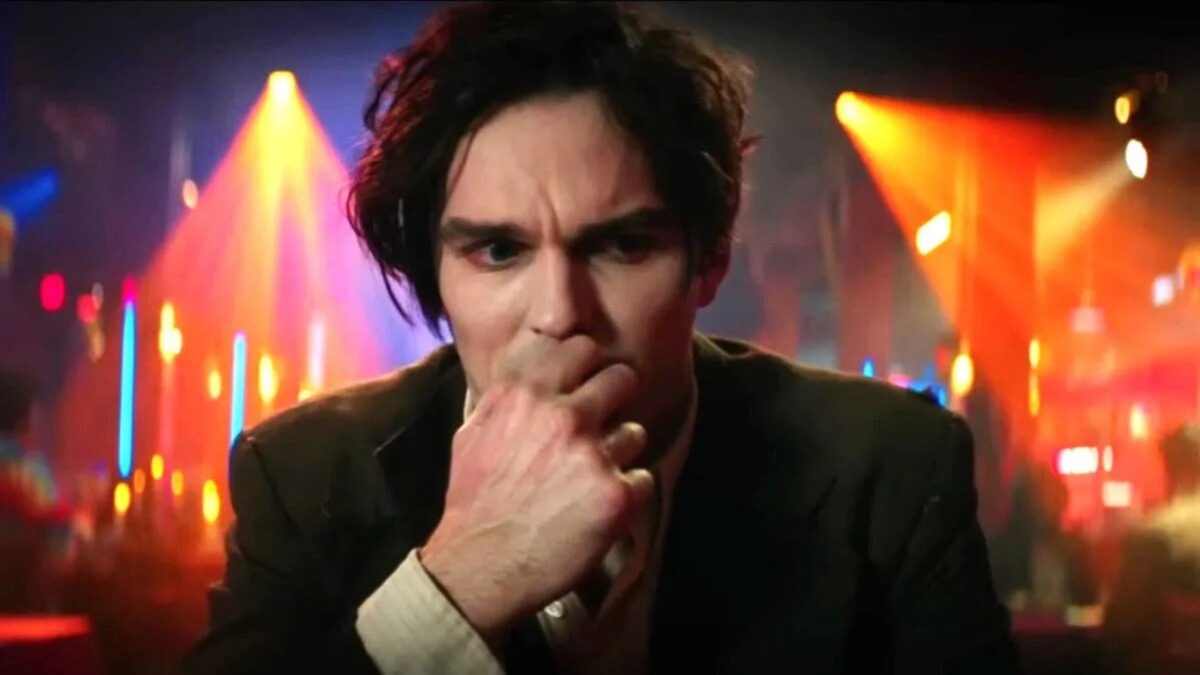
Let’s look at one of the oldest characters in horror cinema, Renfield.
When you think of Dracula, your mind doesn’t often wander to the strange and fanatically devoted servant and familiar that helps Dracula execute his plans. No, in fact, most people forget about Renfield and his continuous supply of insects that he consumes in practice for the possibilities of immortality. Renfield is a violent joker amongst the terrors of Dracula and his vampiresses, and his history in film is complicated.
Since the earliest Dracula films, the character has changed and deepened, becoming more and less integral to the story depending on the focus of the filmmakers.
With the release of Chris McKay‘s Renfield, which reimagines Renfield (Nicholas Hoult) as a co-dependent looking to break free of his toxic relationship with Dracula (Nicolas Cage), we should take a look back at the history of Renfields in film, and how Renfield screenwriter Ryan Ridley and McKay transform this misunderstood man into someone worthy of saving the day.
Let’s get into it!
The Classic Universal Monsters
Cinema’s first introduction to Renfield came in the 1931 Universal classic movie monster, Dracula. In the film, Renfield is morphed from Mary Shelly’s original character, who was a man committed to a mental asylum and ate vermin to absorb their life force, into a Johnathan Harker-like character. Renfield, played by Dwight Frye, is a solicitor traveling to Count Dracula’s (Bela Lugosi) castle in Transylvania, hoping to sell the property. Feeding on his hopes and ambition, Dracula captures Renfield and turns him into a crazed slave.
In this film, Renfield is already reluctant to do Dracula’s bidding, often breaking free of Dracula’s curse to warn the others that he is not a safe person to be around. While he never directly betrays Dracula, Dracula is overcontrolling and manipulative, often pulling the strings of Renfield’s desires and punishing him when things do work out exactly as planned.
Dwight Frye played Renfield with a customary intensity that the actor was known for, and often blurted out iconic improvised lines and comical hysteria (according to Dwight Frye’s Last Laugh). The portrayal of a miserably abused minion established the trope of what a villain’s minion was supposed to look like: cruel, unhinged, and mistreated by the world and the monster men of horror films.
“He was always, to me, by fart he pst psychotic of any character in all those old horror movies,” Alice Cooper writes in Welcome to My Nightmare: The Alice Cooper Story. “He was this little shaky guy… I mean everything he said sent shivers down your spine.”

Other Renditions of Renfield
In almost every iteration of Dracula, there will always be a Renfield. Whether Renfield has a purpose or not in the main story, it seems that Dracula cannot succeed without Renfield. However, the relationship is not one-sided.
In Francis Ford Coppola’s Braum Stoker’s Dracula, Young Dracula, and Dracula 3D, Renfield is often depicted as a co-dependent who is getting something from his relationship with Dracula. Whether it is the chance to become immortal or to find a connection with another vampire who gives him time and attention, Renfield is confined to being in partnership with someone cruel and deeply selfish.
After 1992, Dracula stories attempted to modernize, as with Dracula 2000 Stephen Somers’ Van Helsing, and The Invitation. These films strayed further and further from the original characters, and Renfield was nowhere to be found. Why was a character so vital to Dracula’s story dominate? What does that say about Renfield in the way we view stories about monsters?

How is 2023’s Renfield Different
For the first time, Renfield is not a side character on Dracula’s journey. Instead, his problems and wants are put on full display.
The story of how Renfield and Dracula come to be partners is the same, but we get to see why Renfield is devoted to this vampire. Dracula is the last person that Renfield has left in a world that has moved around him for 200 years. Maybe part of Renfiled feels like he owes Dracula something for giving him immortality.
After decades of serving Dracula, Renfield finds himself suddenly struck by his conscience and the sneaking suspicion that his boss might be something of a narcissist.
Renfield gives a character that is meant to be a horrifying cruel human monster a more humane touch as they dress him in pastels from Macy’s and hint at the possibility of falling in love with a human woman.
The film doesn’t let you forget that Renfield’s morality is skewed through Dracula’s reminders of Renfield’s abandonment of his former family, his greed, and his inability to do most tasks correctly and without death. Through all of this, we see that Renfield is trying to be a better person (or at least a less murderous one). Whether Renfield is a good person or not is not the point of the story. Rather, finding the freedom to be independent is the heart of the story.
Renfield is like a coming-of-age story for adults. He is just a guy looking to rent a studio apartment, wear fun sweaters, and bake sugar cookies while finding his independence from his problematic boss.
For a character that has died on screen almost every time he has appeared, it is nice to see that Renfield gets some type of happy ending. How long will that happy ending last? Who knows, but at least we get a funny redemption story for a character that has been sidelined for far too long.














